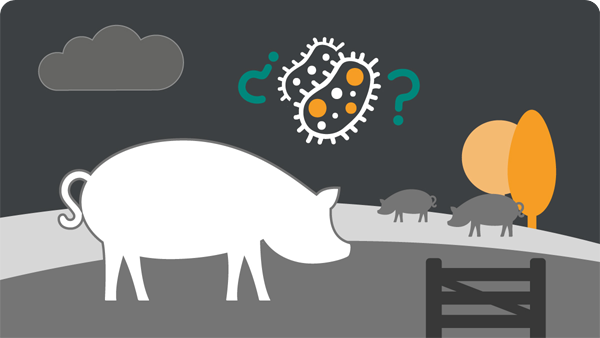

The Expert Talks
What is Ileitis?
Pedro Rubio describes the main characteristics of Porcine Proliferative Enteropathy
(known as ileitis), including its etiology, pathogenesis, and epidemiology.
How does ileitis affect productivity?
It is an important disease because it is widespread. In many studies, it has been shown that the infection is present on most of the farms.

Contact us
126 East Lincoln Avenue,
Rahway, NJ 07065, United States







